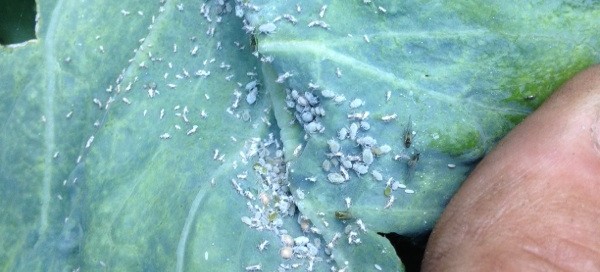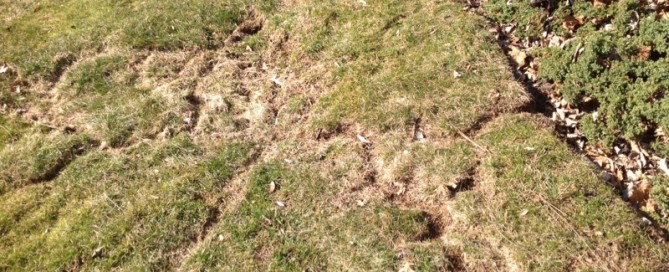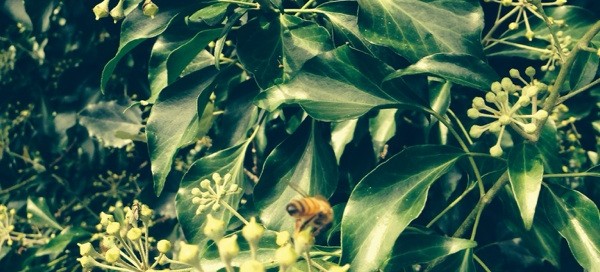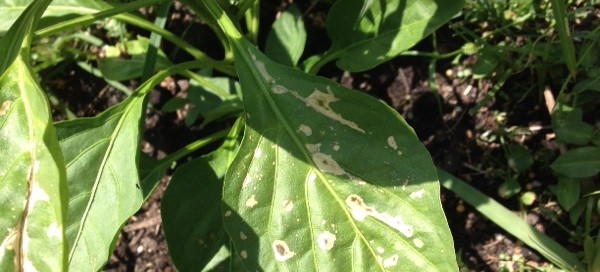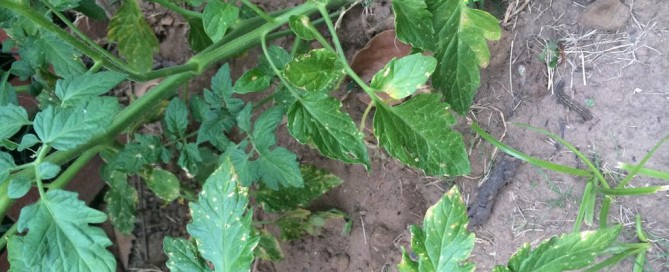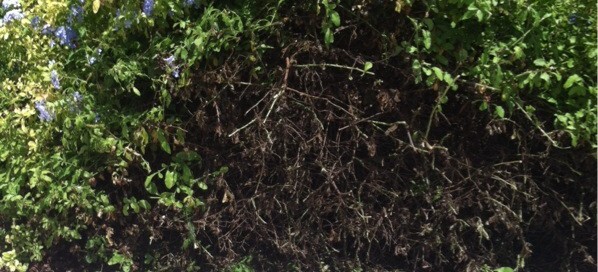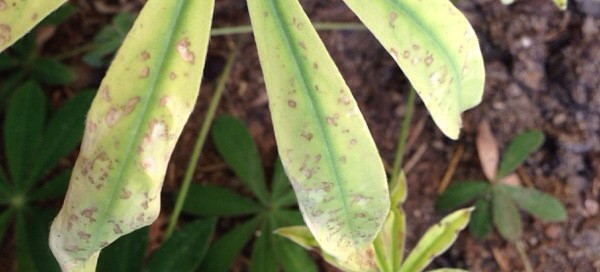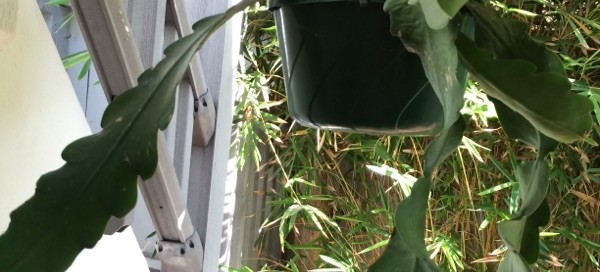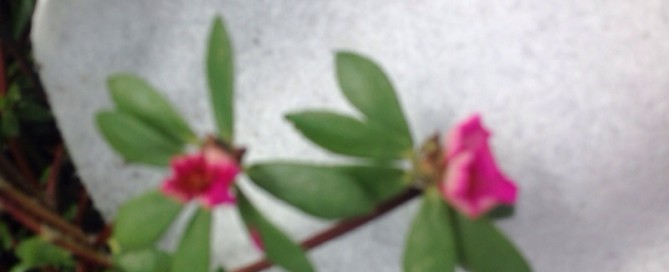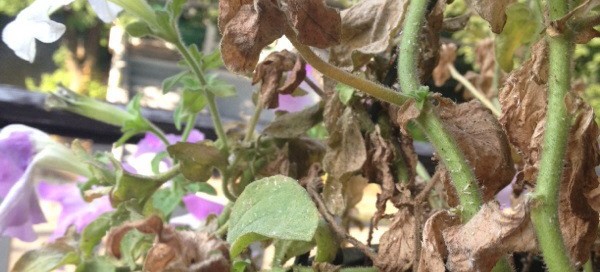Cabbage Aphids
This looks like a common insect pest called Cabbage Aphids (or sometimes just Aphids - there are many different species of them, but they all have very similar same feeding habit/life cycle). Among other things, you can clean these off with your hands, use a high-pressure spray of water to knock them off, and allow their natural enemies (lady beetles, parasitic wasps, green lacewings, etc) to help control them after you have reduced the population using the above methods. We've also included this link to give you more info about control measures. If you have trouble getting control of them with these methods, you can also get a pesticidal soap from your local garden center. Follow the label directions for best results. Happy Gardening! http://www.ipm.ucdavis.edu/QT/aphidscard.html
